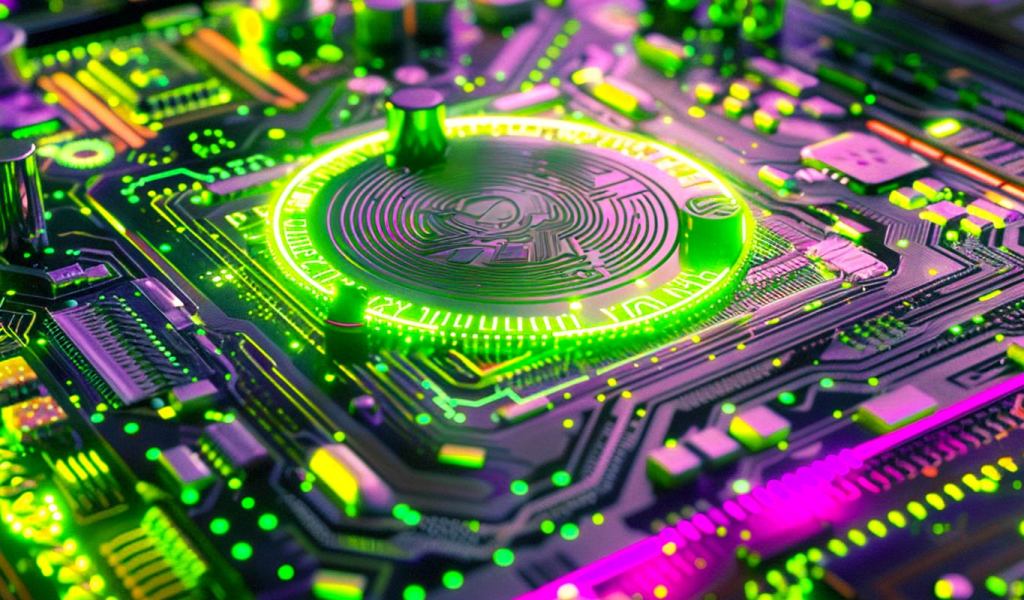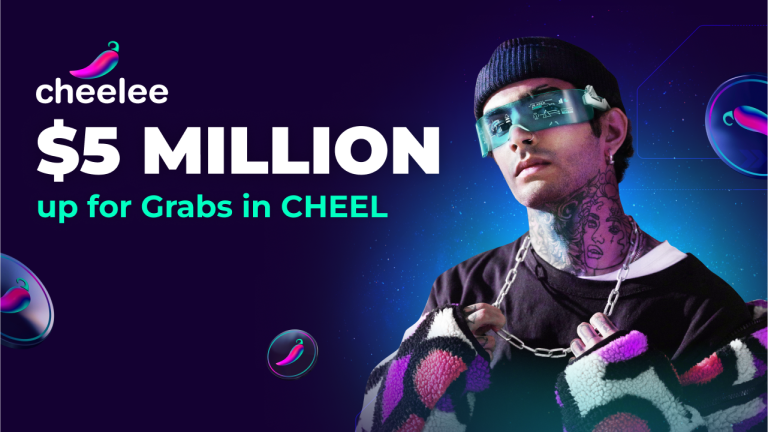
Gala Games is a blockchain-based gaming platform enabling players to create, own, and trade in-game assets using cryptocurrencies.
Echoing the momentum of GameFi (gaming and finance) and the great success of Axie Infinity, Gala Games was launched in 2019 to pursue technology development and innovation in play-to-earn (P2E) blockchain gaming. The global market size of blockchain gaming exceeded $4.6 billion in 2022 and is expected to reach around $65.7 billion by 2027, establishing itself as one of the most promising sectors revolutionized by blockchain technology.
Gala Games offers players a plethora of blockchain games that encourage players to gain in-game rewards and earn cryptocurrency and nonfungible tokens (NFTs).
For the first time, through the use of NFTs, blockchain games offer players the ability to own in-game items, such as strategic tools, physical accessories and land. All items can be acquired in Gala Games using the GALA native token (GALA). GALA is also used for governance voting and to incentivize node operators.
This article takes readers through an understanding of the Gala ecosystem, how Gala Games works, and what the incentives are for using it.
What is Gala Games (GALA)?
Gala Games is a blockchain gaming platform that participants can use to play, stake and sell assets and compete with one another. The platform uses blockchain technology to secure the network and offers decentralized video games to allow players to have fun while earning rewards like NFT prizes.
Developed on the Ethereum blockchain, Gala Games offers players P2E games, an NFT marketplace, and the possibility to store and distribute music and film products. It relies on a network of distributed user-owned nodes necessary for the platform’s security and to boost its development.
Players and user-owned nodes are rewarded with the GALA ERC-20 token for playing and contributing to the network. It is the necessary currency to participate in the platform’s games, trade NFTs on the marketplace, and cast a governance vote.
How does Gala Games work?
The Gala Games ecosystem offers a multitude of blockchain games developed by in-house developers and external partners, including Ember Entertainment, Kung Fu Factory, Gamedia, Certain Affinity and 22cans. It launched as a platform for users who want to play and have fun rather than a platform that only uses incentives to attract customers.
Gala Network users can enjoy real-time strategy (RTS), multiplayer online battle arena (MOBA) and role-playing game (RPG) titles all while being rewarded with the GALA cryptocurrency and NFTs for using the platform.


NFTs represent in-game items, such as weapons, tools and skins, that users actually own and can trade on the Gala Store — also known as its nonfungible marketplace — and OpenSea, one of the world’s largest NFT marketplaces.
Gala Games’ platform was developed on Ethereum; however, the Gala team launched its own blockchain (Project GYRI) in February 2022. Initially permissioned, the Gala blockchain aims to transition to a more decentralized platform for maximum autonomy in the peer-to-peer transfer of value.
One of the features the Gala team promotes is incentivizing players to run their own nodes for an opportunity to earn the GALA cryptocurrency, limited edition NFTs and the chance to contribute to the growth of the ecosystem. To operate their own node, users must buy a license for roughly $100.
Gala Nodes

The Gala Games platform is run by a distributed network of nodes ensuring decentralization rather than a central server controlled by a single entity. These nodes offer their computational resources to contribute to the ecosystem, vote on community proposals, and help guide the network’s development. There are four different types of nodes, as follows:
- Founder Nodes are necessary to secure the network from fraudulent activities and vote on the project’s development using the GALA cryptocurrency. There are only 50,000 Founder Nodes available that can be purchased from the platform with the GALA token.
- Game Nodes are specially dedicated gaming servers that can access specific allowances, such as NFTs, the ability to invite other players, etc., in the games they support.

- Player Nodes are decentralized music players that allow participants to play and share their music as NFTs.
- Film Nodes, like Player Nodes, are for film experiences and entertainment.
History of Gala Games
The founders of Gala Games are Eric Schiermeyer, Michael McCarthy and Wright Thurston, who launched the project in 2019. Schiermeyer had previously co-founded Zynga, an online gaming platform that developed popular games, such as Farmville, Mafia Wars and many others. Also, McCarthy worked at Zynga as a director before moving on to Gala.
Gala Games entered the market in 2019, and since its launch, Gala has secured some significant partnerships with Flare, Mazer Gaming, Bitrue, Brave, Ember Games and AMC, which helped promote the project and increase its market penetration.
What is GALA used for?
The primary use case for the GALA token is to be a medium of exchange between participants in the Gala Games ecosystem and to purchase digital assets, including NFTs.
The GALA token can be an Ethereum-based ERC-20 token or a BNB Smart Chain-based BEP-20 token and is used in various ways across the Gala platforms. It can be a reward incentive for Founder Node operators or a governance token that allows its owners to vote on the project’s future developments.
It can also be in the form of in-game player rewards and can be used to purchase NFTs from the Gala Store. Users can also spend it to buy a license required to operate a Gala node.
How to buy GALA
While Gala Games has been developed to run mainly on Ethereum, the GALA token can be used on platforms such as Polygon and bridged to the BNB Smart Chain so that users can enjoy better trading fees when transferring value.
Gala’s total supply is approximately 50 billion, and each day, a pre-determined amount of new GALA tokens are distributed to the Founder Nodes and the Gala Games Conservatorship, which is Gala Games’ treasury. The daily issuance is cut in half every year, and in July 2023, it was slightly fewer than 4.3 million tokens.
Players can earn GALA in games, and investors can buy GALA from a number of cryptocurrency providers, including major exchanges such as Kraken and Binance. Kraken offers to trade GALA with the United States dollar and euro only, while Binance provides a broader choice of cryptocurrencies — other than Bitcoin (BTC) and Ether (ETH) — that can be exchanged with the GALA token. Coinbase only allows you to buy Gala with a Coinbase wallet from a decentralized exchange.
Investors must have an account with their provider of choice and verify their identity to start acquiring GALA; select the currency that will buy the token, click “buy,” and once the transaction has gone through, they can either store the token within the exchange (not recommended) or withdraw it to store it in a private and secure wallet.
Is Gala Games a good investment?
As the blockchain-based gaming industry keeps expanding, it is fair to predict that GameFi will play a significant role in the future of entertainment. In 2021, Gala Games sealed a partnership with crypto investment firm C2 Ventures to form a $100-million fund to invest in advancing the play-to-earn gaming and metaverse markets. Gala Games also received funding from Binance’s Accelerator Fund for its development.
Such funding was a positive outcome for Gala Games investors looking for the project’s reliability, opportunities and innovation. Whether Gala Games is a good investment or not is up to the investor to decide after proper research and assessment. Indeed, from a future perspective, GameFi is a promising branch of finance that uses blockchain technology to leverage security and decentralization, encouraging widespread optimism across the financial world.














